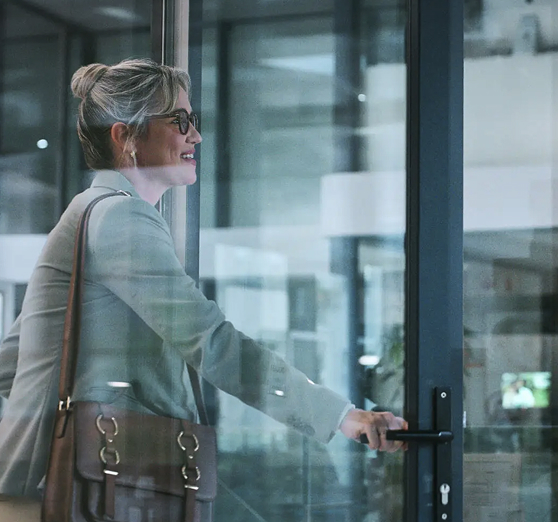USCIS recently released its required annual report on the characteristics of H-1B workers, based on documentation from fiscal year 2008 (the period between October 1, 2007 and September 30, 2008). While this information predates the severe downturn in the economy at the end of 2008, it does provide some interesting information about the H-1B visa and those who hold it.
For example, in 2008, the number of H-1B petitions was 5 percent lower than it was in 2007. Of those petitions, only 20% were for truly “new” H-1B employees – individuals outside the United States entering for new employers. The majority of petitions filed (60%) were for current H-1B workers getting extensions of status, with the remaining 20% going to individuals who were already in the United States in another status (mostly students at US universities) changing to H-1B.
One interesting statistic was that the majority (over 56%) of H-1B workers are in their 30’s, still short of their prime earning years. Only 1% is under age 24, and 14% are 40 or over. Another is that less than half have only a bachelor’s degree; the majority of H-1Bs have a Master’s, doctoral or professional degree.
While much has been written about the concentration of H-1Bs in the computer industry, it is interesting to note that the majority of employers of H-1Bs (56.5%) are outside the computer, electrical engineering and data networking fields. In fact, a list of the “top five” H-1B occupations other than computer professionals would look something like this: 1. C0llege and University Faculty and Staff; 2. Accountants and Auditors; 3. Physicians and Surgeons; 4. Mechanical Engineers; and 5. Biological Scientists.
Another myth challenged by the data is that H-1Bs are underpaid as compared to similar US workers. In fact, the report shows that the median salary of all H-1Bs was $60,000, which compares favorably to the $57,980 median wage reported for the same period for similar US workers (those with a Bachelor’s or higher degree; data from the Current Population Survey from the Bureau of Labor Statistics).
Oh, and one other helpful perspective when thinking about H-1Bs: in 2008, the number of initial H-1B petitions (new professional workers from overseas and from US schools) constituted just three-tenths of one percent of the workers in the United States with a bachelor’s or a higher degree.

